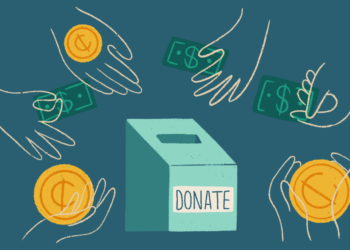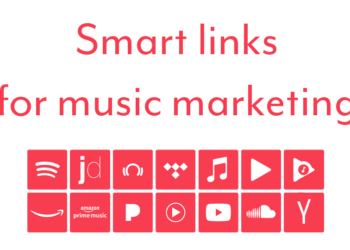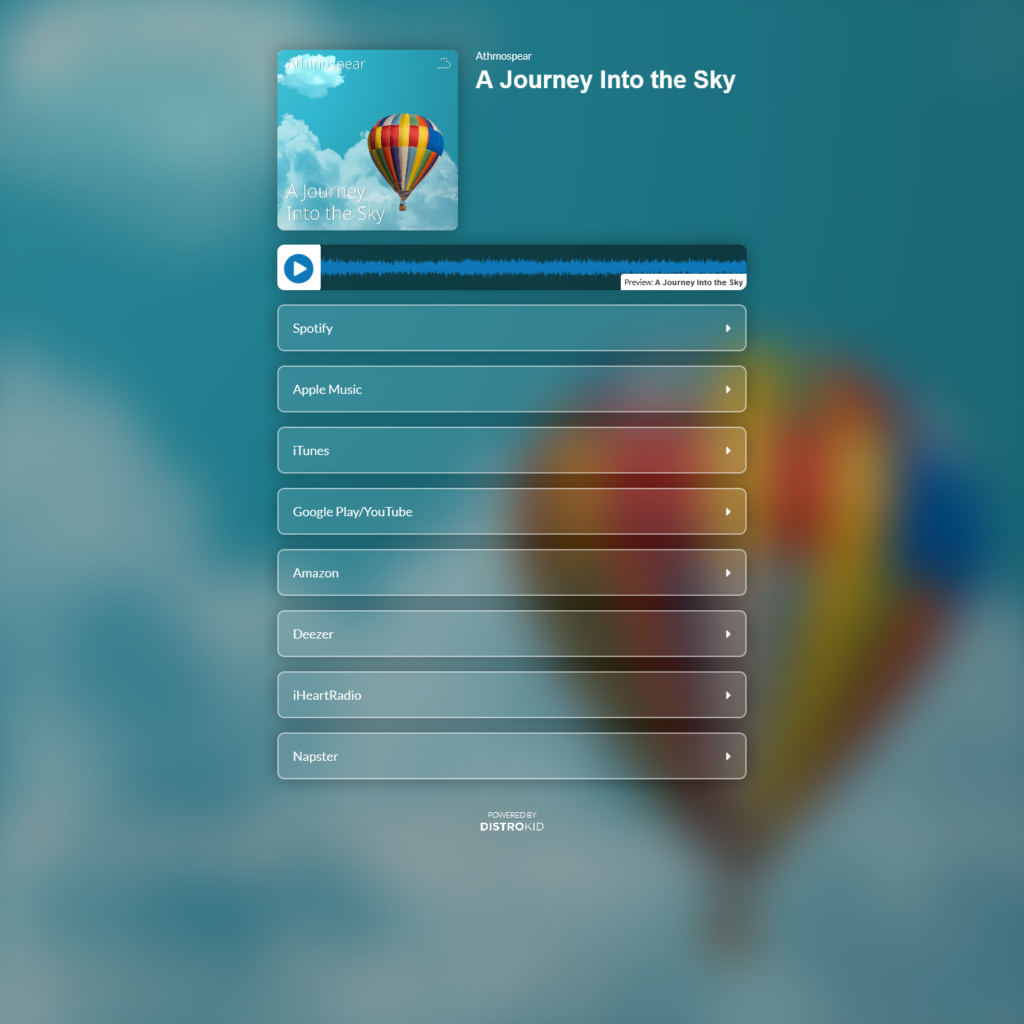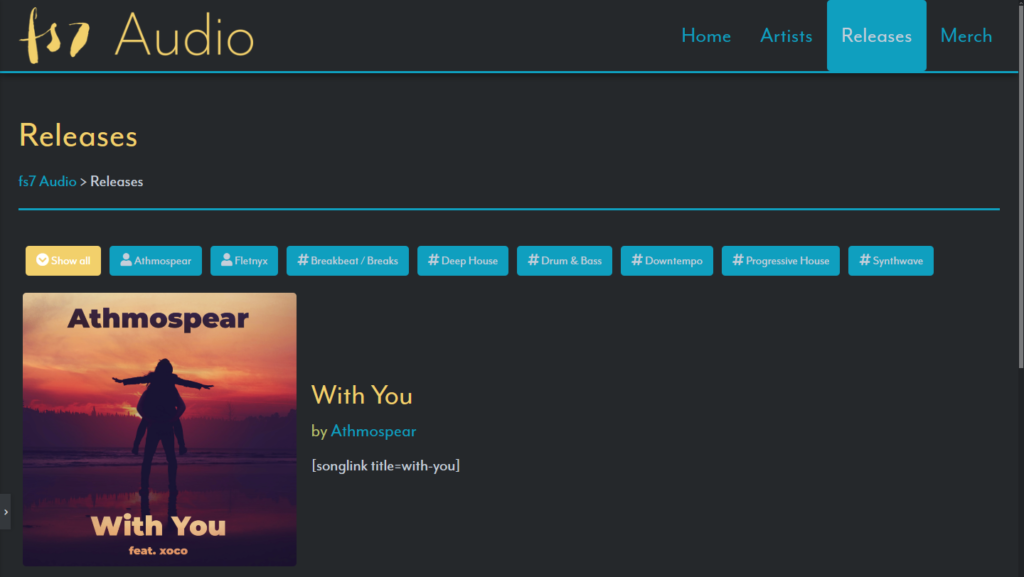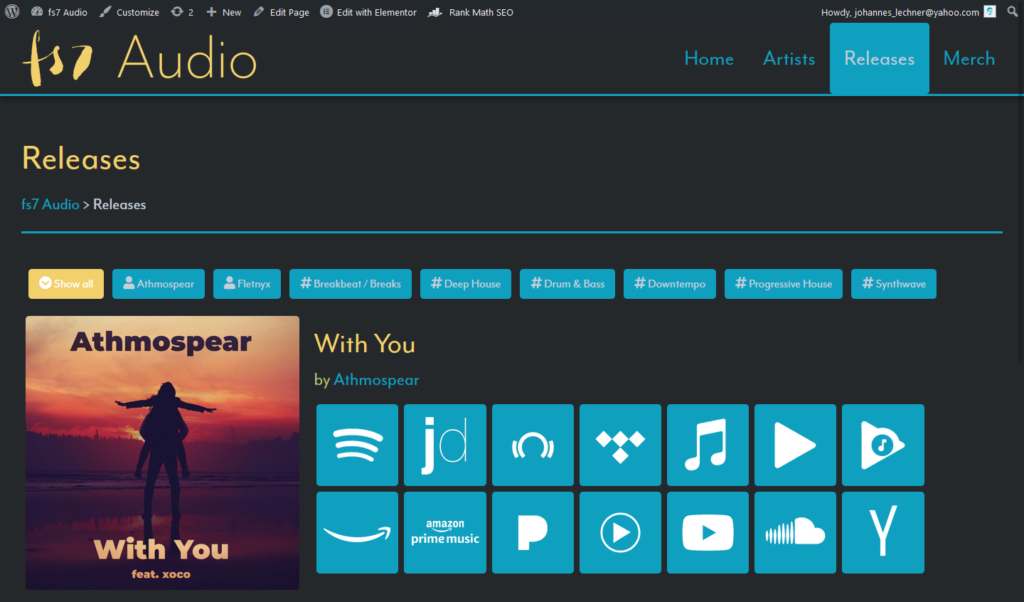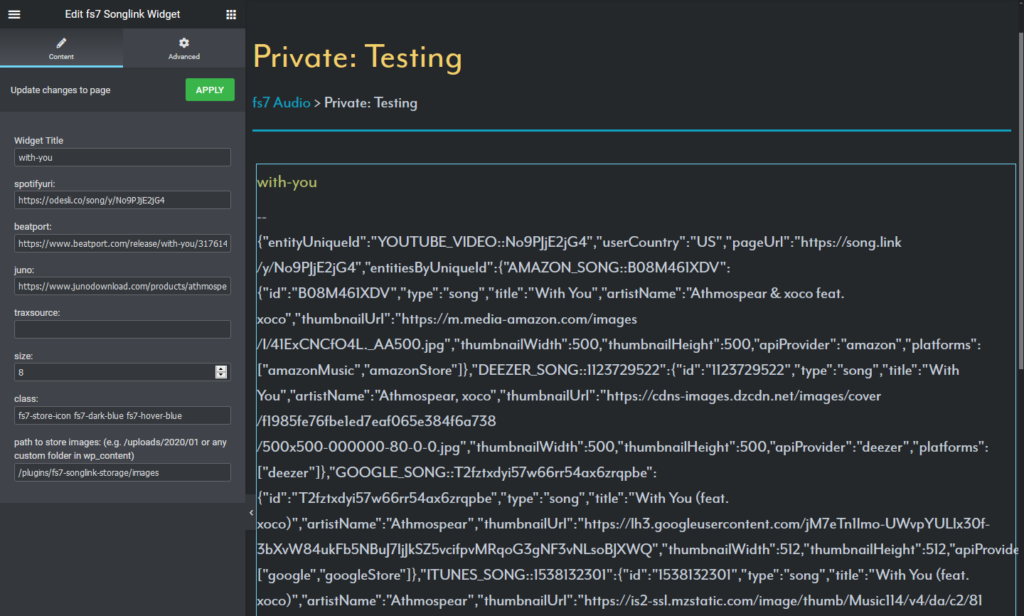Have you ever thought about the sounds inside office spaces in different buildings? Hows does a concrete space feel in comparison to a glass and wood one? What if the sounds you heard were actually not generated by the space itself?
I’m on the 20th floor of an office building on Wall Street. One of the offices inside is equipped with about a dozen speakers, some sitting on plinths, others mounted on the ceiling. Aric Marshall, of audio software company Spatial, is leading a demonstration of a new soundscape designed for the workplace. Holding his phone, he says “Just listen,” and touches the screen. I ready myself to hear the soundscape come out through the speakers, but just the opposite happens. The sound I hadn’t processed turns off, plunging the room in a cold, uncomfortable, almost metallic silence. Without me realizing it, a soundscape had been playing all along—in this case, a muted, almost imperceptible pitter-patter of rain falling on the roof of a wooden cabin—coating the concrete office with a sort of soft, sonic balm.
Nowadays, our senses are bombarded from every side. Companies are competing for our attention any way they can, and now lots of them have started using sound as a marketing strategy. Companies like Ambercrombie and Fitch and Mastercard started using their own signature soundscapes in stores in order to stick in consumers’ minds.
The article author goes on: “This week, I experienced what an office could sound like if someone intentionally designed it that way. Here, that someone is in fact two companies: sonic-branding studio Made Music Studio and Spatial, an immersive audio-software platform. As companies continue with their quest to lure tenants back into the office, both are betting that bespoke soundscapes can provide a resounding advantage.”
Made Music studio has been experimenting with implementing different soundscapes in companies that invoke an emotional response and increase the immersion for customers. Imagine how it would be to walk into a hotel where you have “welcoming ambience,” “focusing ambience” and “energising ambience`.
Resources
